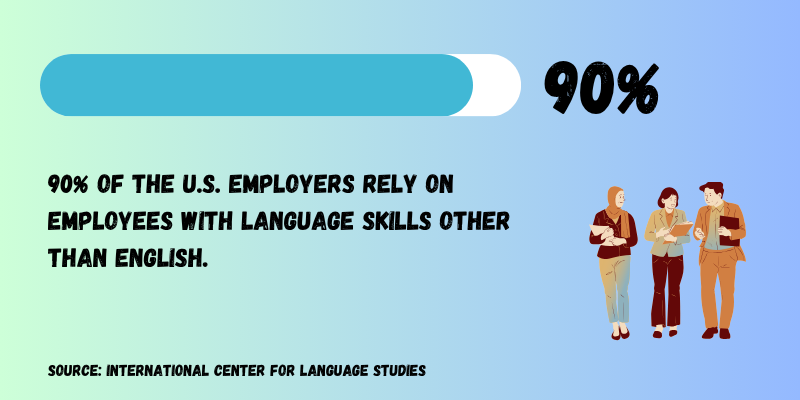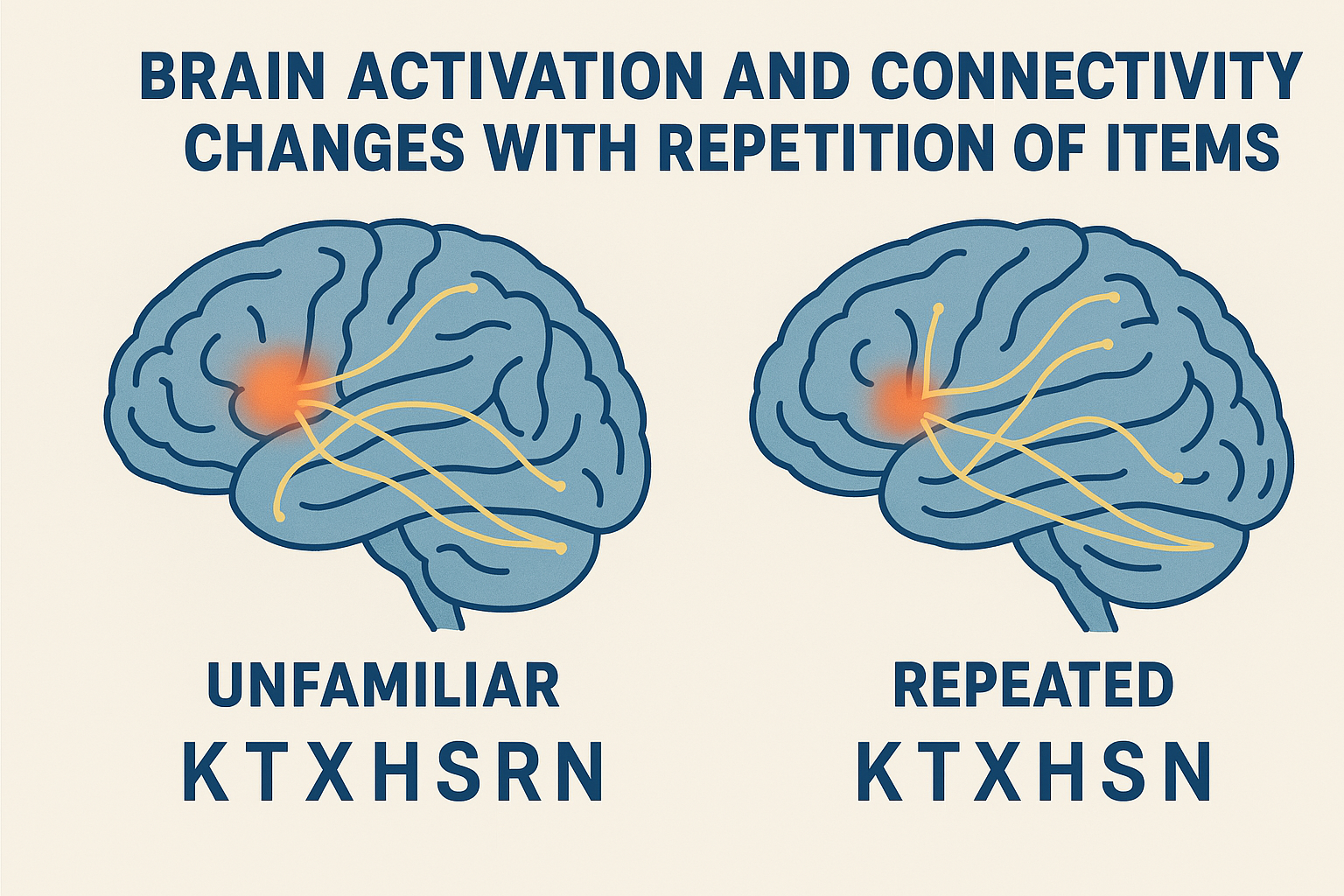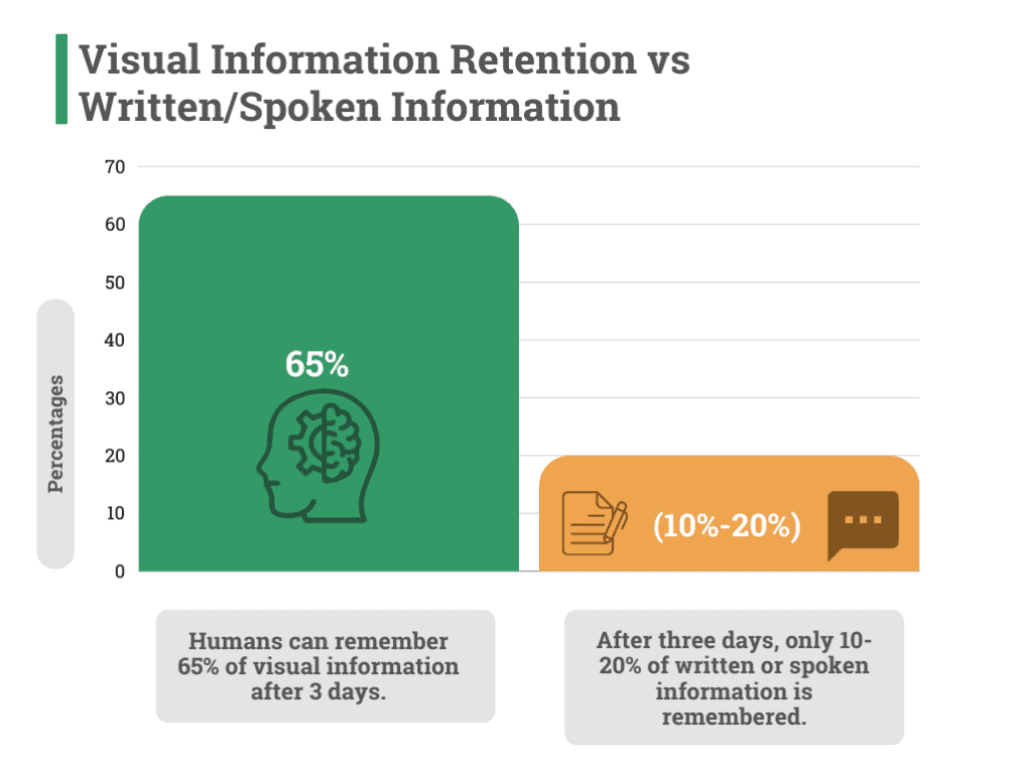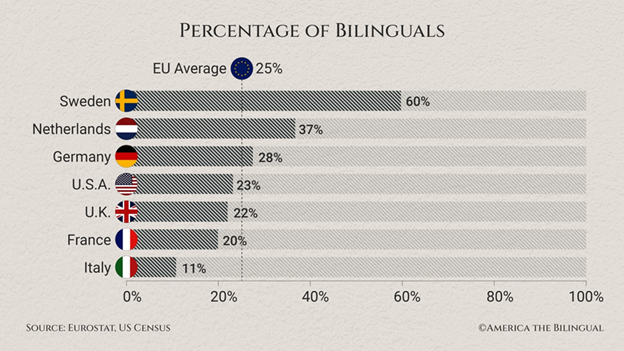How to Teach a Language: An Organizational Roadmap
Planning to enter a new market but don't know how to teach a language? Using this guide will help you ace this process effortlessly.
Planning to enter a new market but don't know how to teach a language? Using this guide will help you ace this process effortlessly.

In the globalized marketplace, it is no longer feasible for businesses to focus on just one region. Businesses have expanded beyond countries and continents, a situation that naturally creates language barriers, and makes them wonder about how to teach a language.
That's why it is critical to teach your employees new languages from different regions to fuel organic growth. But how do you do that successfully?
In this guide, we’ll explore how to teach a language with practical techniques and ideas. Let’s dive in.
Teaching a new language at work can unlock global growth, better client relationships and smoother internal communication. But corporate language training needs more than grammar drills. It demands a mix of brain science and smart AI tools.
According to the International Center for Language Studies, 90% of the U.S. employers rely on employees with language skills other than English. That is why multilingual individuals usually have an edge over others.

Now, let's find out how you can teach a language to make your employee development program even better.
When thinking about how to teach a language, defining learning outcomes with the learner's needs is critical.
As per research, adults are more likely to complete courses when objectives are tied to measurable competencies. Effective language objectives should follow three critical criteria:
Examples:
Modern AI platforms have transformed this phase, with Coursebox’s advanced AI system at the forefront. It suggests appropriate assessment methods and timeframes while ensuring all objectives adhere to learning principles.
This is particularly beneficial for training managers developing programs for specialized professional contexts and improved validity assessment.
The Input Flood methodology revolutionizes language teaching. It immerses learners in concentrated, target-language input, a technique derived from Stephen Krashen’s Input Hypothesis.
Unlike traditional approaches that prioritize forced output, this method ‘floods’ students with meaningful auditory and written content slightly above their current proficiency level.
Research suggests that learners receiving instructions through input flood methodology are better at writing and develop more positive views regarding training.
Corporate trainers can apply Input Flood effectively by curating relevant content and designing repetition-based learning experiences tailored to the workplace.
Rather than generic textbook dialogues, trainers should incorporate real-world professional materials specific to the industry. Legal professionals might analyze authentic contract clauses in the target language, while healthcare workers review patient intake forms.
The brain's language acquisition mechanisms respond most effectively to high-frequency lexical items encountered in diverse contexts.
This repetition not only results in better oral production but also reinforces accuracy among learners. Therefore, trainers should ensure their modules revisit key language patterns across different professional situations.
Pushed output tasks compel learners beyond their current proficiency level by creating contexts that demand nuance and unfamiliar language use. In contrast to conventional language training, these tasks engineer cognitive gaps where learners must stretch their interlanguage to express ideas.
For instance, if a learner describes a complex project and lacks the required vocabulary, they'll notice the gap and think harder.
Rooted in Swain's Output Hypothesis, pushed output suggests that language production forces learners to:
Here are a few implementation strategies and ideas that can help trainers wondering how to teach a language effectively:
Language isn't learned in isolation; it is learned through communicating breakdowns and repairs.
When learners struggle to express an idea and receive targeted guidance, their brain updates its internal language model. This process is called negotiation of meaning, where real language acquisition happens.
Imagine a sales manager trying to explain a product's features in English. They say: “This machine… how to say… makes production faster?”
A skilled instructor doesn't just inform the learner about the correct form, which in this case is “increases production speed.". Instead, they pause the conversation to:
This three-step process is called corrective feedback looping and is proven to boost retention.
In language learning, true expertise comes when learners revisit and refine the same task multiple times with each iteration deepening neural pathways.
Instead of being mindless repetition, this is strategic recycling of core language tasks with increasing complexity. Reports show that brain activation and connectivity changes with repetition of items, especially when those letters strings are unfamiliar.

Spaced repetition means repeatedly recalling the information you have learned at regular intervals instead of putting it all in one session.
This technique is based on the spacing effect in psychology. Developed by Hermann Ebbinghaus, this theory suggests that humans forget things faster after the first encounter than later encounters.
So, now that you’re learning how to teach a language, repetition should be at the core of your strategy.

Spaced Repetition typically has the following four steps:
People remember better when words and visuals are combined. This is called dual coding therapy, and it works especially well for language.
Use icons, storyboards, charts, or images to explain phrases or grammar rules. Even simple diagrams work.
Studies reveal that learners prefer visual learning over spoken words as it’s 65% more engaging as compared to just 10%.

Some ideas that you can use here include:
Bonus: Coursebox’s AI image generator creates customized visuals to match your lessons. Just input your phrase and get a graphic on the spot.
The fastest way to internalize new vocabulary is by using it in real conversations. Set up short, informal interactions that mimic real workplace situations.
You’d be surprised to know that only 23% of Americans are bilingual, which means there’s a huge gap. This shows why it’s important to teach a language to your employees, so they can handle international customers as well.

For this, use simple formats. For instance, simulate a support call or product pitch or have pairs review a product in the target language.
Remember to keep sessions short (5-10 mins), and rotate partners to avoid repetition. This not only builds fluency, but also team connection and speaking confidence.
Microlearning delivers content in short, focused bursts, ideal for adult learners with limited time. When combined with AI personalization, it ensures every learner gets exactly what they need, at the right time.
Instead of 45-minute lessons, microlearning uses 3-5 minute activities that focus on one goal: learning a phrase or applying a grammar rule.
A Gitnux report states that microlearning improves knowledge retention by 80% over traditional training. This shows the importance of keeping lessons short and engaging.

How to implement it?
After understanding how to teach a language, it’s time to know how you can measure the effectiveness of your modules. Use the following to measure the impact of your learning modules and improve job training benefits.
Level tests help you assess the base level of each employee, where you can assign them a CEFR level and identify their strengths and weaknesses.
However, level tests are only meant to measure the starting points, and there are much better ways to measure progress after that.
SMART stands for specific, measurable, achievable, relevant, and time-bound.
Employees show their progress by successfully completing tasks in this new language with a minimum number of mistakes.
You should also encourage employees to create a peer-to-peer network. They can comment on each other’s progress, identify weaknesses, and suggest improvements.
With rapid advancement in AI technology, learning has become much more fun and intuitive. Technology-based tools can transform the way you teach employees a new language.
For instance, Coursebox’s AI not only assists learners 24/7 with all kinds of queries, but also helps immensely with course generation. It can free up valuable time for trainers who can focus on even higher value tasks.
Mastering the roadmap of how to teach a language requires a blend of proven methodologies and modern technology. By using pushed output tasks, and strategic repetition, trainers can accelerate fluency.
This approach also helps maintain engagement, which is especially crucial for adult learners. The future belongs to programs that combine human expertise with AI-powered precision, delivering personalized feedback at scale while tracking tangible business outcomes.
For organizations seeking language training, Coursebox is the ideal platform. It turns the pivotal language learning principles into ready-to-deploy corporate programs with AI-generated training videos, automates assessments, and progress analytics.
Explore Coursebox today and build your first AI-enhanced language course in under 30 minutes.
On average, it takes 4 to 8 months for employees to achieve conversational fluency with consistent, structured training (3-5 sessions per week). However, this depends heavily on the language, the learner’s native tongue, and how immersive the environment is.
Create tiered micro-modules that allow slow learners to review basics independently while group lessons continue. Tools like Coursebox lets you assign remedial content, auto-adjust learning paths, and schedule one-on-one check-ins. This can happen all without slowing down overall progress or making learners feel left behind.
Language and culture go hand in hand. Employees may learn the words but misunderstand context, humor, or tone. Including short cultural awareness modules improves communication success, reduces misinterpretation, and creates empathy. Topics like meeting etiquette, body language, and tone of voice are especially useful.
Making it voluntary often leads to better engagement. Mandatory programs may feel like an obligation and reduce motivation. The best approach is to offer language as a career-enhancing perk with optional incentives like bonuses, recognition, or promotions.
